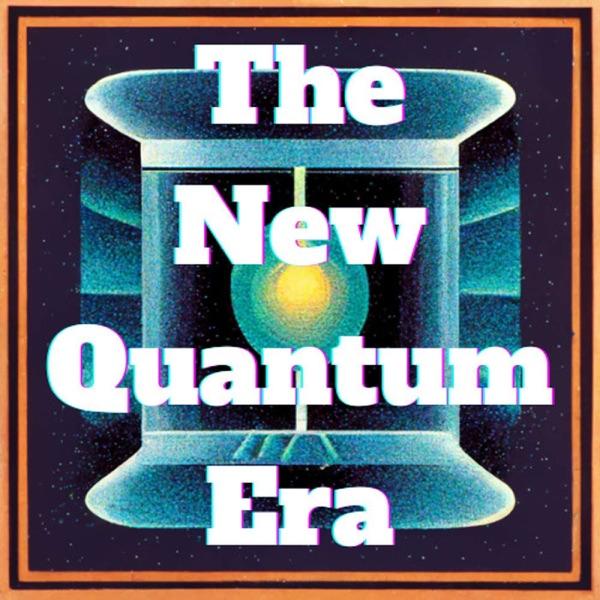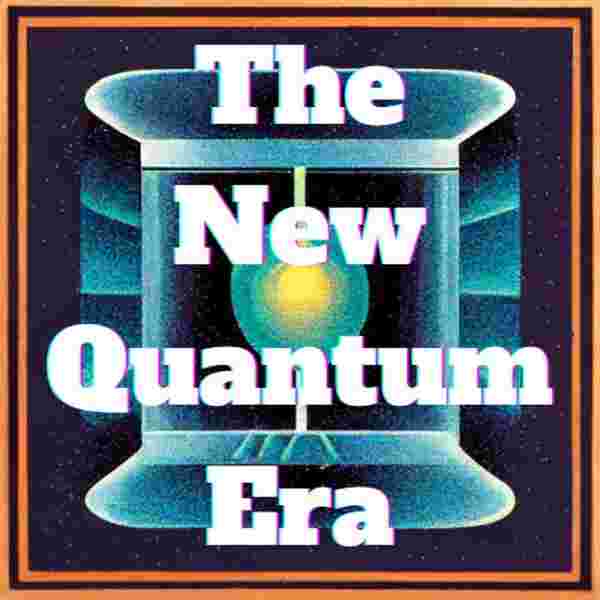

Assistant Professor Mohammad Mirhosseini (Caltech EE/APh) explains how his group built a mechanical quantum memory that stores microwave-photon quantum states far longer than typical superconducting qubits, and why that matters for hybrid quantum architectures. The discussion covers microwave photons, phonons, optomechanics, coherence versus lifetime (T2 vs. T1), current speed bottlenecks, and implications for quantum transduction and error mechanisms. The discussion centers on a paper from Mirhosseini's paper from December of 2024 titled, “A mechanical quantum memory for microwave photons,” detailing strong coupling between a transmon and a long‑lived nanomechanical oscillator for storage and retrieval of nonclassical states.
Guest
Mohammad Mirhosseini is an Assistant Professor of Electrical Engineering and Applied Physics at Caltech, where his group engineers hybrid superconducting–phononic–photonic systems at millikelvin temperatures for computing, communication, and sensing. He completed his PhD at the University of Rochester’s Institute of Optics and was a postdoc in Oscar Painter’s group at Caltech before starting his lab. His recent team effort demonstrates mechanical oscillators as compact, long‑lived quantum memories integrated with superconducting circuits.
Key topics
Why it matters
Hybrid architectures that pair fast processors with long‑lived memories are a natural route to scaling, and mechanical oscillators offer lifetimes far exceeding conventional superconducting storage elements while remaining chip‑integrable.. Demonstrating nonclassical state storage and retrieval with strong qubit–mechanics coupling validates mechanical oscillators as practical quantum memories and sets the stage for on‑chip transduction. Overcoming current speed limits and dephasing would lower the overhead for synchronization, buffering, and possibly future fault‑tolerant protocols in superconducting platforms.
Episode highlights